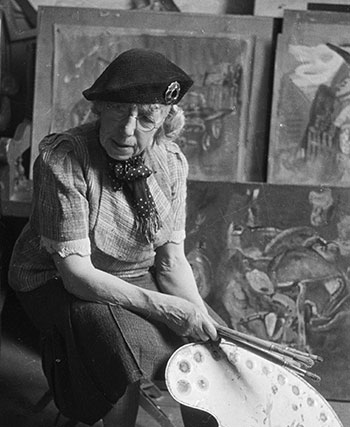Story summary
Why talented people become expatriates
Expatriates are people who leave their home countries to live elsewhere. Artists and scholars move overseas to work or train, to find a wider audience for their work, or to join an intellectual or artistic community.
Some intellectuals, artists and scientists have moved to New Zealand from overseas, often attracted by the country’s beautiful environment and relaxed lifestyle.
Expatriation before 1945
For a long time New Zealanders saw Britain as the centre of intellectual and cultural activity. This was why many, such as writer Katherine Mansfield, moved there. Fewer Māori left New Zealand permanently, though anthropologists Mākereti Papakura and Peter Buck (Te Rangi Hīroa) are two who did.
Expatriation after 1945
After the Second World War New Zealanders began to look to countries such as the United States for opportunities. Jet travel and the internet made it possible for artists and academics to connect with their fields overseas, and also made it easier for expatriates to stay in touch with New Zealand.
Expatriation to Britain
New Zealand’s university system was based on Britain’s and, encouraged by scholarships, many postgraduates went to Britain to study. A famous example is physicist Ernest Rutherford. Many artists also went to Britain to continue their studies or to work, for example opera singer Kiri Te Kanawa.
Expatriation to other countries
Being nearby but with a larger population made Australia a popular place for New Zealanders to make their mark. More training institutions, specialist research facilities and better pay and conditions were some of the attractions. Outstanding New Zealanders who have based themselves across the Tasman include satirist John Clarke, film-maker Jane Campion and eye surgeon Fred Hollows.
The United States is another country to have attracted gifted New Zealand expatriates, such as artist Len Lye and rocket scientist William Pickering. From 1948 the Fulbright scholarship scheme made it possible for more New Zealanders to study in the US, and some, such as chemical scientist Alan MacDiarmid, continued their careers there. The US also drew creative people, especially film-makers such as Roger Donaldson and actors including Anna Paquin.





